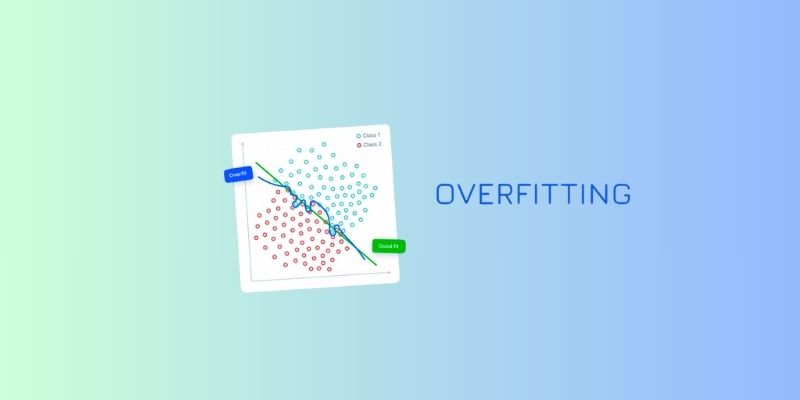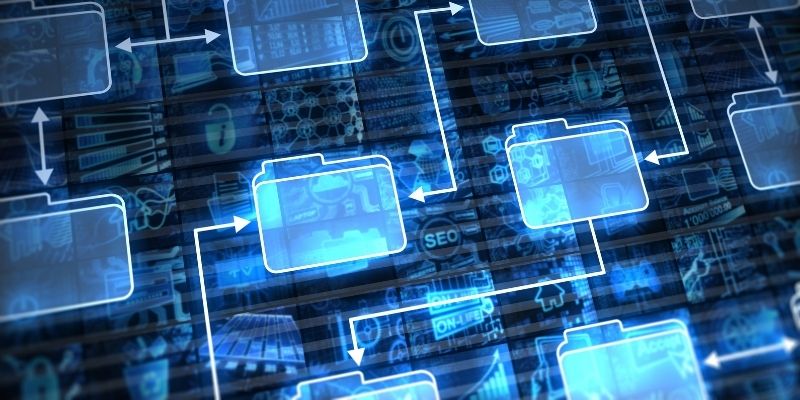Advertisement
Complex systems that simulate brain processing are the foundation of AI. Artificial neural network modeling is one fundamental framework guiding AI success. These models let computers make judgments, forecast results, and understand trends. They replicate how human brain neurons send messages. Understanding the foundations of neural networks helps explain how machines tackle real-world problems.
From language translation to picture identification, neural networks affect many different technologies. Examining these fundamental concepts will help us understand intelligent systems' evolution. Understanding artificial neural network modeling helps one grasp today's most advanced AI. These models have transformed the way machines communicate, operate, and think. Let's investigate their framework, goals, and daily improvement in AI.

An artificial neural network is one meant to replicate human brain learning. It employs layered nodes—that is, neurons. One layer's data moves to the following acquiring structure and meaning. Raw input—such as photos or numbers—comes first. The last layer produces the predicted or final outcome. Between them are hidden layers using weights and activation functions that handle data. These elements decide if a signal is powerful enough to advance. Every link changes with the learning of the network. This change increases accuracy gradually.
Backpropagation is the technique of the learning process. It helps fix prediction mistakes. The system lowers these mistakes progressively as it learns. Artificial neural network modeling facilitates difficult task performance for machines. Two such are speech translation and facial recognition. These models learn from facts rather than from rules. That makes them more adaptable and flexible for different AI challenges.
Correct and effective operation of neural networks depends on numerous important components. The input layer handles raw data that arrives in the system. Every input neuron forwards the data to the buried layers. The hidden layers perform processing tasks using weights and biases. Weights highlight every input's significance. Biases change the output to raise predictions' accuracy. The activation function looks at whether a neuron ought to turn on. It brings non-linearity to enable the model to grasp intricate patterns.
Activation functions allow the network to function without restriction. The output layer produces the processing outcome of the network. It makes final decisions often using softmax or sigmoid algorithms. Another crucial component is the loss function, which measures how far predictions are from the actual outcomes. It gauges the distance the prediction falls from the real outcome. Better precision follows from lower loss. Gradient descent among optimizers modifies weights to lower the loss. These tools hasten learning. These components, taken together, run neural networks in AI systems all around.
Artificial neural networks are helpful only because of learning. Training algorithms teach them from data. The most often used technique is supervised learning. It teaches the network from labeled examples. The model forecasts compare them with real-world data and changes during training. Multiple instances of this cycle help to lower mistakes. Backpropagation adjusts the internal weights by sending error information backward through the layers. That lets every neuron know how much it caused the error. Then, gradient descent changes the weights to enhance forecasts.
The network gets increasing accuracy over time. Learning quality is impacted by training data amount. Usually, more data produces better outcomes. Many times in AI systems, neural networks depend on vast datasets. Regularizing helps prevent overfitting when a model memorizes training data rather than generalizing. Another method randomly renders neurons inactive during training called dropout. That drives the network to search several routes to answers. These techniques create solid, adaptable models.

Many contemporary AI applications run on artificial neural networks. They find applications in robotics, banking, and healthcare, among other sectors. Neural networks provide medical scan-based disease detection in healthcare. They discover trends that even those of expertise overlook. Banking examines transactions to identify fraud and project market trends. AI chatbots in customer service interpret and react to user communications using neural networks. These bots grow better over time by learning from earlier exchanges.
Deep neural networks enable self-driving cars to interpret road signs and avoid obstacles. Often used are image and speech recognition. Smartphones employ them for voice assistants and facial unlocking. Neural networks let language-translating applications grasp grammar and context. Furthermore, recommendation algorithms are dependent on artificial neural network modeling. Based on user activity, they propose movies, music, and items. In AI systems, neural networks get better year over. They enable more customized digital experiences, wiser tools, and better judgments.
Neural networks have various difficulties, even with their great capability. One problem is the necessity for big data collection. More instances help models learn, but gathering data requires time and money. Additionally, training deep networks demands great computational capability. This process is slow and costly. Overfitting, in which a model performs poorly on new data but well on training data, presents still another difficulty. Overfitting is the state of the model not being generalized well.
Moreover, it is a complex debugging neural network. The complexity of neural networks makes understanding why a model makes certain decisions challenging. That generates mistrust in sectors including law and healthcare. Models reinforcing bias in data raise ethical questions as well. Unfair results may follow from these prejudices. In AI systems, neural networks have to be fair and transparent. Another issue is cutting energy use since big networks run a lot of power. Future advancement in AI depends on tackling these challenges.
Artificial neural network modeling has revolutionized AI by mimicking brain-like learning patterns. These systems address practical challenges in many different fields. They evaluate information, grow from it, and get better with time. Neural networks power daily tools we use in AI systems. Investigating the foundations of neural networks helps one to see how AI gets smarter with every stride. Understanding artificial neural network modeling enables us to make sensible use of technology as it develops. AI, built on solid, unambiguous models, becomes more robust. Starting that future is learning the foundations.
Advertisement

Discover simple ways to avoid overfitting in machine learning and build models that perform well on real, unseen data every time

Discover how Service now is embedding generative AI across workflows to enhance productivity, automation, and user experience

Want to launch surveys quickly? Learn how Survicate lets you create and customize surveys with ease, collecting valuable customer feedback without hassle

Curious about OLA Krutrim? Learn how to use this AI tool for writing, summarizing, and translating in multiple Indian languages with ease

Top AI hardware vendors join forces to compete with Nvidia and reshape the AI infrastructure market.

Understand how mixture-of-experts models work and why they're critical to the future of scalable AI systems.

How can ChatGPT improve your blogging in 2025? Discover 10 ways to boost productivity, create SEO-friendly content, and streamline your blogging workflow with AI.

Need smarter workflows in Google Sheets? Learn how to use GPT for Sheets and Docs to write, edit, summarize, and automate text with simple AI formulas

Lenovo is transforming industries by bringing generative AI to the edge with powerful hardware and real-time solutions.

Looking to edit music like a pro without being a composer? Discover Adobe’s Project Music GenAI Control, a tool that lets you create and tweak music tracks with simple commands and no re-rendering required

What if your AI coding partner actually understood your project? See how Meta’s Code Llama 70B helps developers write smarter, cleaner, and more reliable code

Trying to choose between ChatGPT and Google Bard? See how they compare for writing, research, real-time updates, and daily tasks—with clear pros and cons